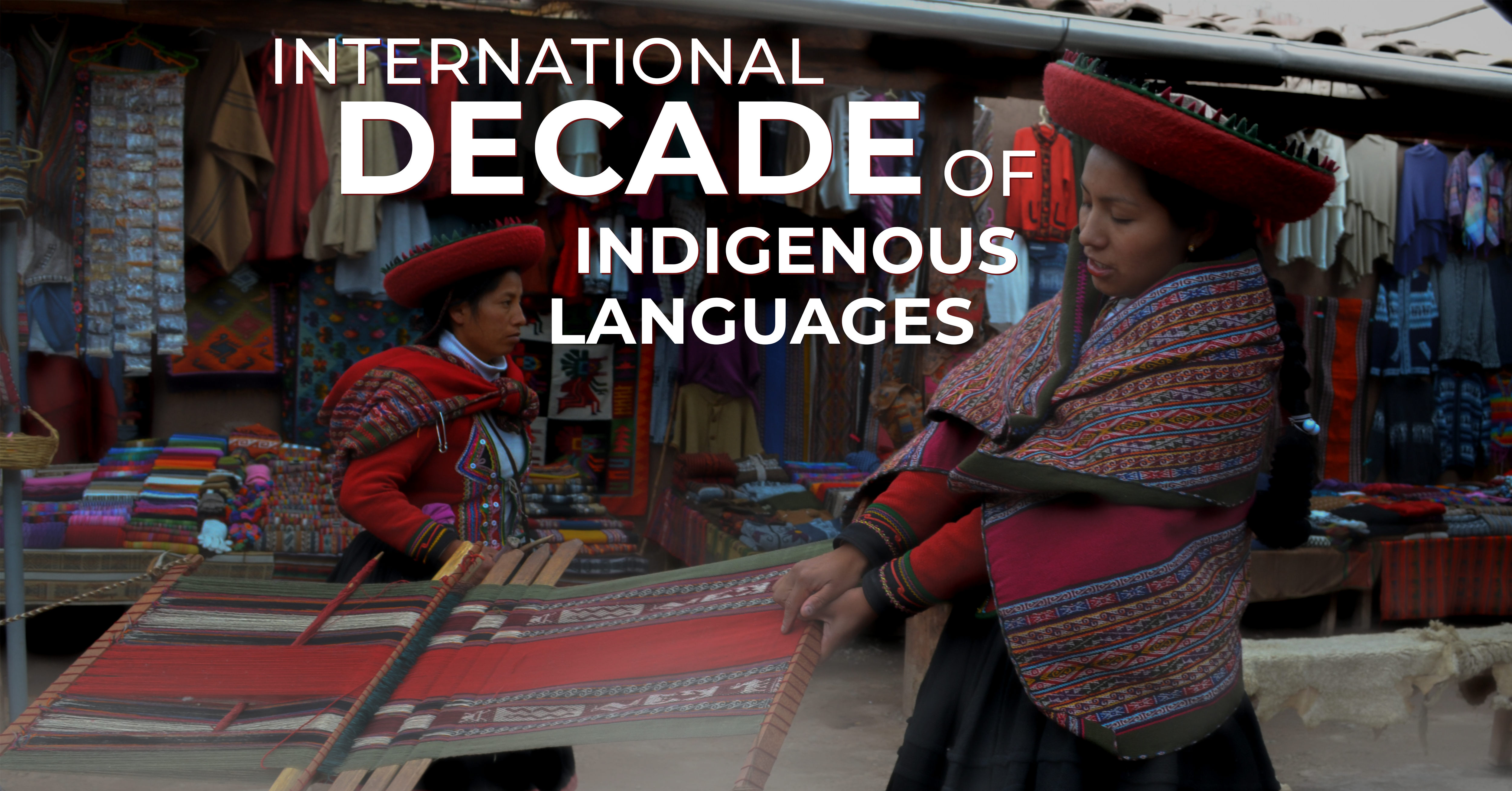Celebrating the International Decade of Indigenous Languages

Recently, the UN declared 2022-2032 to be the International Decade of Indigenous Languages in order to raise awareness and protect language rights worldwide! To celebrate, read on to learn about some amazing features of the most common indigenous languages spoken in North America.
Language is an important part of who we are. It’s how we think, talk to our friends, connect with our heritage, and make memories. As author and bilingual advocate Steve Leveen has said, we don’t just speak languages — we live in them. And here at ICLS, we strive to promote bilingualism and linguistic diversity through our programs every day.
Some of us will live our whole lives without really thinking much about what our languages mean to us. But for others, language learning and teaching is more than a fun hobby — it’s an act of survival. Presently, there are around 6,700 unique languages spoken across the world. Nearly half of them are endangered, meaning that without intervention, they may soon have no native or fluent speakers remaining.
When a language dies, we lose an entirely unique way of viewing the world and a critical part of our global cultural tapestry. And while globalization has connected us to others in all corners of the globe more than ever before, it has also put many of the world’s languages at increased risk. Facing pressure from dominant national and international languages as well as policies that discourage or even criminalize using a given language, many communities fight hard every day to preserve, protect, and defend their languages.
Navajo – A Verb-Heavy Language
In English, it can take a whole sentence to express a complete thought. But in Navajo, the language of the Diné people of the Southwestern US, the verb is the star of the show. Navajo speakers use a system of prefixes attached to a verb stem in order to express highly sophisticated and complex meanings — often in just one single word!
Nadëb – An Object-First Language
You may not realize it, but whenever you speak English, you tend to put the subject — the person who does an action — before the object, or the thing the action is done to. Think about it: you’d say “I eat an apple,” or “I study this language,” or “You washed the car.”
What you may not realize is that almost all languages, everywhere in the world, put the object after the subject in a sentence. Less than 2% of the world’s languages put the object first — that would be like saying Apple I eat or Car I washed. In fact, there are only four known languages in the world that use this exact word order. One of them, Nadëb, is still spoken by communities in the Brazilian Amazon today!
Aymara – Leave the Past Ahead of You
Think about the past. Is it in front of you or behind you? English speakers think about the past being behind us, while the future is ahead. But for speakers of Aymara in the Andes highlands, it’s the opposite — the future lies behind them, because it is unknown. On the other hand, the past lies ahead. Learn more about concepts of time in Aymara here.
Guaraní – The Official Language of Paraguay
You may not expect it, but over 90% of Paraguay’s population speaks an indigenous language called Guaraní! It’s one of two official languages in the country, and more people are learning it every day.
There are so many more amazing indigenous languages spoken around the world, and you can explore them all using fun tools like this interactive map from Google Earth or this one from the Endangered Languages Project.
And if you’re looking to start your own language learning journey, be sure to check out ICLS Foreign Language Programs, including online private language classes in 85+ languages and group language classes in 7 languages.


